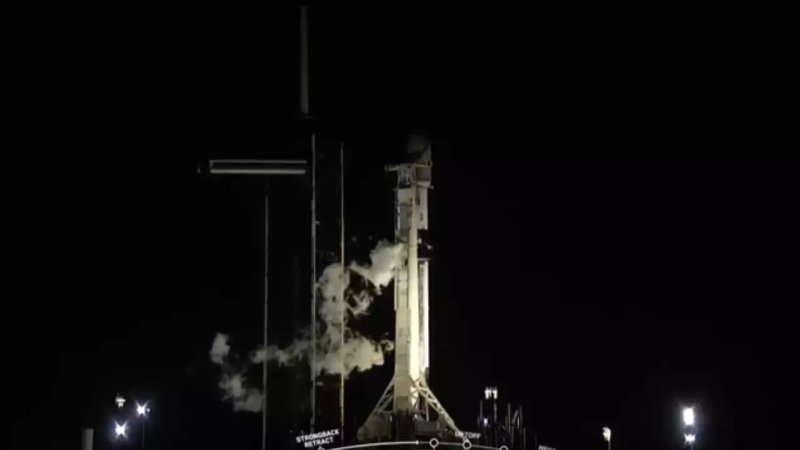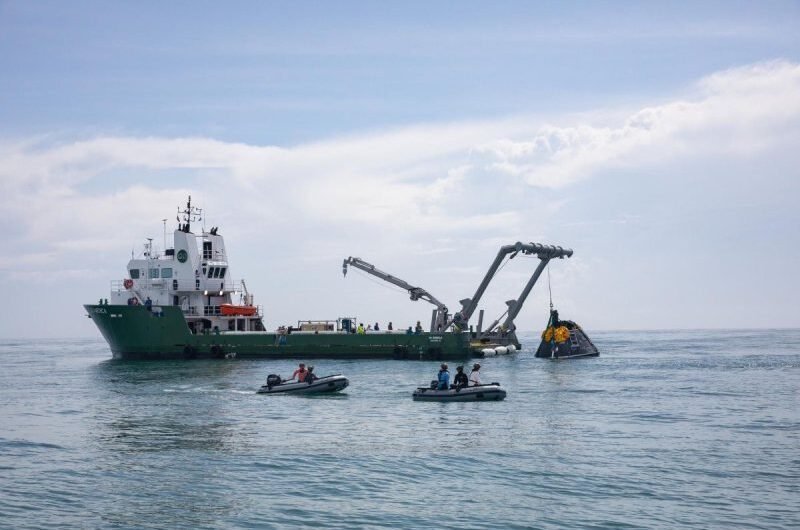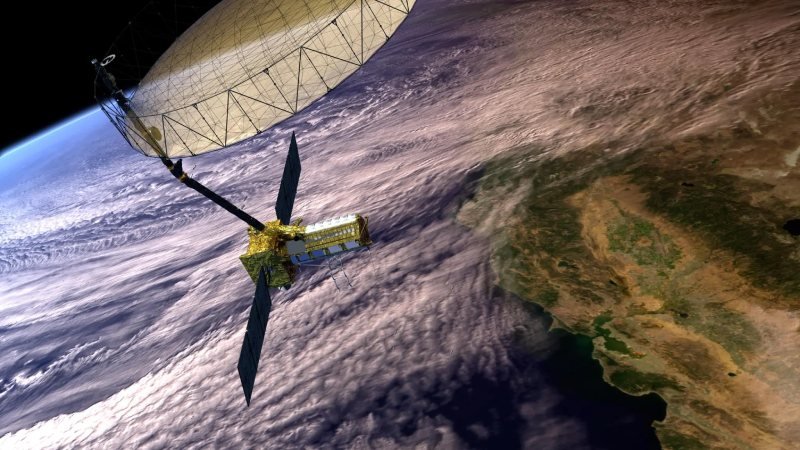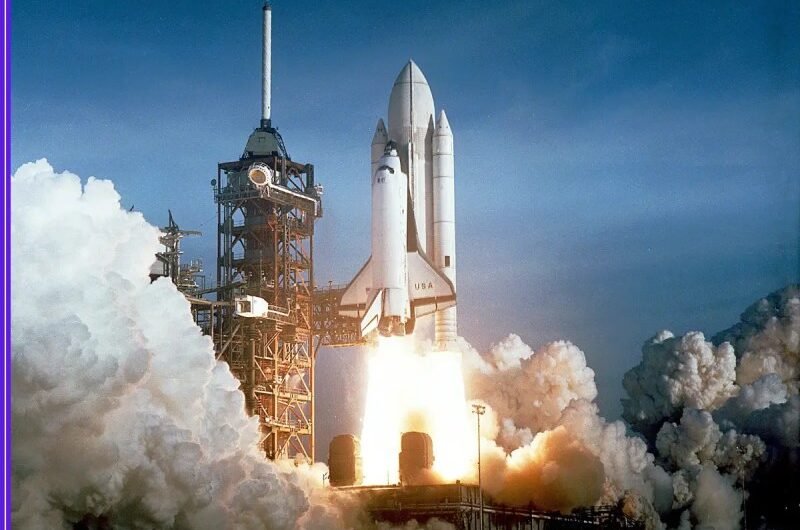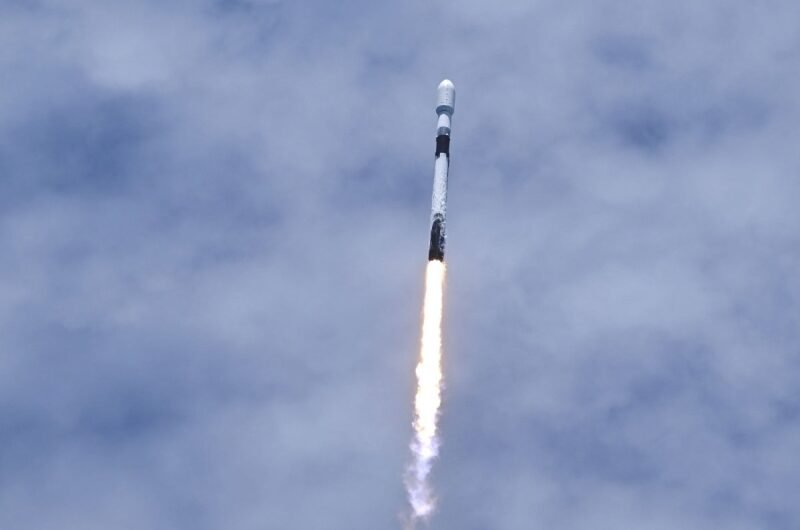After facing multiple delays earlier in the week, SpaceX successfully launched its Falcon 9 rocket on Saturday night, April 12, illuminating Florida’s skies with a breathtaking display set against the backdrop of a radiant full moon. The rocket took off precisely at 8:53 pm EDT (0053 GMT on April 13) from Launch Complex 39A at NASA’s Kennedy Space Center, carrying 21 Starlink satellites into low Earth orbit.
Of the satellites deployed during this mission, thirteen are equipped with Direct to Cell technology, which aims to eliminate mobile dead zones by facilitating direct communication between satellites and mobile phones. This breakthrough feature is expected to launch in collaboration with T-Mobile in the United States, offering improved mobile connectivity in previously unreachable locations.
The launch attracted widespread attention, with people across Florida stepping outside to witness the spectacle. Many captured vivid photos of the Falcon 9 as it streaked across the night sky, aligning dramatically with the full moon. While earlier in the week no specific reasons were provided for the launch delays, the smooth and visually stunning liftoff on Saturday evening was widely seen as worth the wait.
This particular flight was notable for marking SpaceX’s 400th mission-a significant achievement for the company and a testament to its rapid and consistent launch schedule. The rocket used a previously flown Falcon 9 first-stage booster, which had already completed nine successful missions, including transporting NASA’s Crew-8 and several previous Starlink batches. Its tenth journey further emphasized the company’s emphasis on reusability and cost-effective space operations.
Approximately two and a half minutes into the flight, the booster separated from the upper stage and began its descent back to Earth. Although some in central Florida anticipated sonic booms, the booster completed a quiet and precise landing on the droneship “A Shortfall of Gravitas” in the Atlantic Ocean just over eight minutes after launch. Meanwhile, the upper stage continued its journey, successfully deploying all 21 satellites roughly one hour later. These satellites will gradually shift into their designated orbits to expand the Starlink network, which already includes over 7,000 operational units.
Saturday’s launch marked SpaceX’s 42nd Falcon 9 flight of 2025, with 28 of those missions dedicated to Starlink alone, reinforcing the company’s ongoing push to broaden its global broadband reach.
Topics #21 Starlink Satellites #Earth #Elon Musk #Flacon 9 #Moon #NASA #news #Rocket #satellites #Space x #Starink Satellites #Starlink
